Minolta 16
Back in the early 2000s, when my father was gifting me my very first 35mm SLR, he handed me two boxes of all his “accessories” to go along with the Vivitar. Mostly, it was full of lenses and filters, but there was also this little piece of art: the Minolta 16.
“Oh wow I remember that.” He laughed. “It fit in to a pack of cigarettes and made me feel like James Bond.”
This is a super secret, compact, and nearly undetectable spy camera! Or so it was advertised. We are all sitting here 50 years later wondering how it was honestly a secret, but, trust me, you can be coy with it.
The Look
It is smaller than a modern cellphone, as you can see, so it is a pretty compact camera all jokes aside. If it were easier to load with film, I think I’d use it quite often. It is very 60s/70s in all silver with the curved rectangles adorning it, and even comes with a nice little case.
The Equipment
The 16 in ‘Minolta 16’ stands for the type of film used, and that is 16mm film. This film is no longer produced by any major company now, so I found some expired Kodak 16mm b/w microfilm.
For those who are unfamiliar with microfilm: Libraries used to use this stuff to ‘scan’ (by way of photography) newspapers and journals page-by-page and you can still, in some places, go to the microfilm section and use a projector to read through old newspapers. Such technology is heavily featured in 80s and 90s detective and horror films.
Because of the nature of microfilm’s purpose, it’s a high contrast, low ISO film, and the stuff I bought is more than 20 years expired. This means that, in order to shoot it, you need to calculate for an ISO of about .6. That’s right, point 6. It’s basically bulb mode even on a sunny day with the aperture all the way open at 2.8.
Furthermore, this microfilm comes in a roll of 100ft. It’s about 2.5ft for one “roll” of film. So I have to take the whole thing in to a completely dark room and blindly cut, tape, and roll the film in to the little empty film cassette. And you need the film cassette. My father had not left a cassette in his Minolta, so I had to buy a different 16mm Minolta camera just to take its empty film spool. Luckily for me, at the time, it was only $5 to buy the other camera.
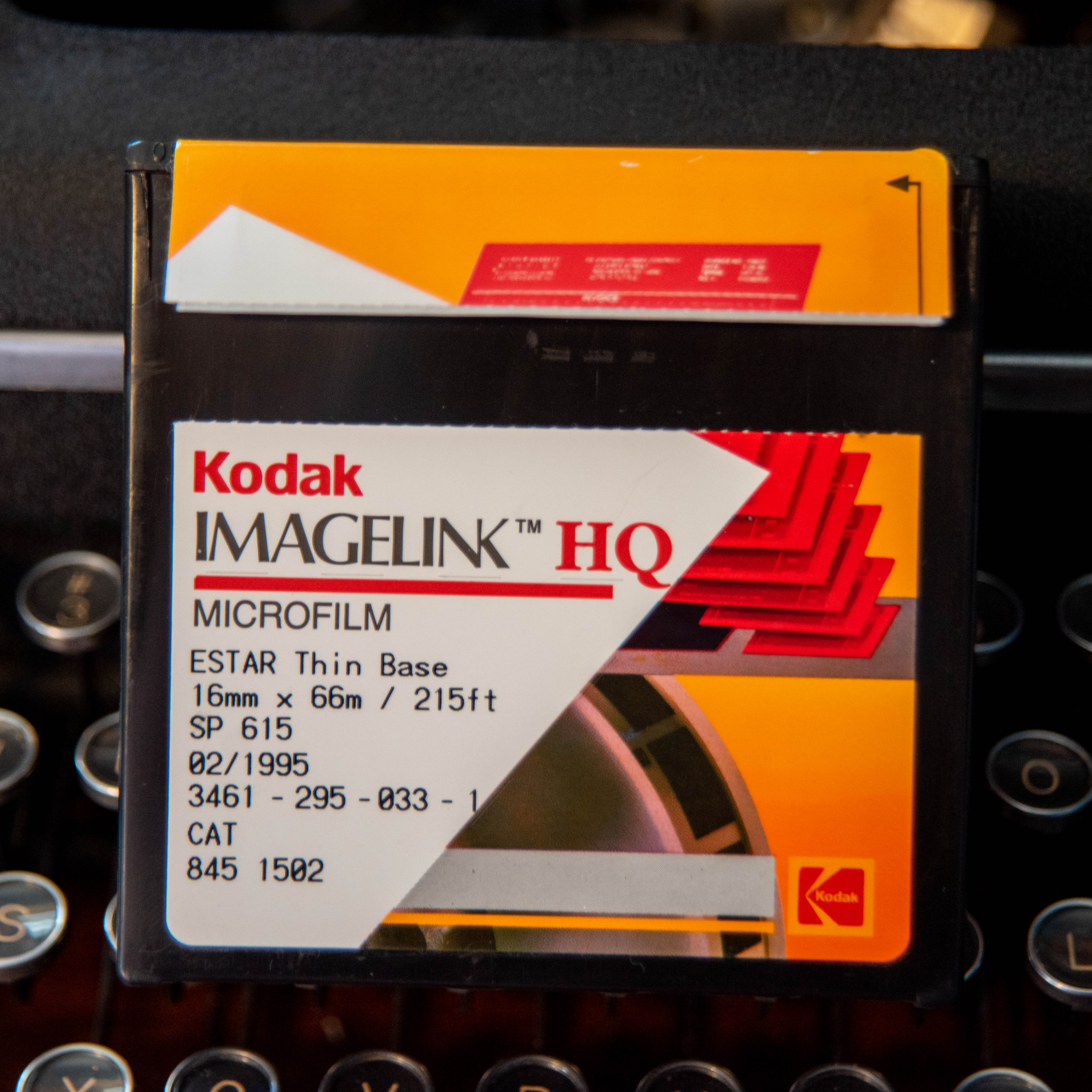



I’ve never actually used the other Minolta. It has only been a donor camera. I love the case for it, though. But, since this model is an ‘auto’ exposure, there’s pretty much no way to make it work for me.
I can find 16mm colour film though! Regular (though expired) film for 16mm cameras. I’d have to respool it in to the Minolta cassette, but it is possible. I, however, use all my colour 16mm in my Minolta 100 (because it’s way less work to use it, and more fun).
Developing the Film
So once it’s loaded up and I’ve shot pictures with it, they need to be developed, obviously. That’s another fun adventure!
Microfilm is a sensitive medium, but since it’s black and white, it’s easier to come up with a solution. And that solution is to dunk it in coffee.
That is correct, my friends, black and white film can be developed in a mixture of instant coffee and washing powder. It’s called “caffenol” and it is the most fun I’ve ever had developing photos.
However, that’s not the only problem with 16mm film that needs solving. I also needed to come up with a way to spool it in to the developing tank. I have only 35mm and 120 spools, after all.
And a 16mm tank was just too expensive for me at the time.
First I did some additions to the metal 35mm spool by adding in a bit of plastic to bulk it out so I could wrap the film around. It was a mess, and my fingerprints caused a lot of problems.



Then I decided to modify one of the plastic automatic spools I had. This was before someone pointed me in the direction of someone who knew what they were doing and made a whole post about it and mine came out pretty similar. If I go very slowly, I can run the film through that spool just like it was 35mm. My life improved greatly after that.
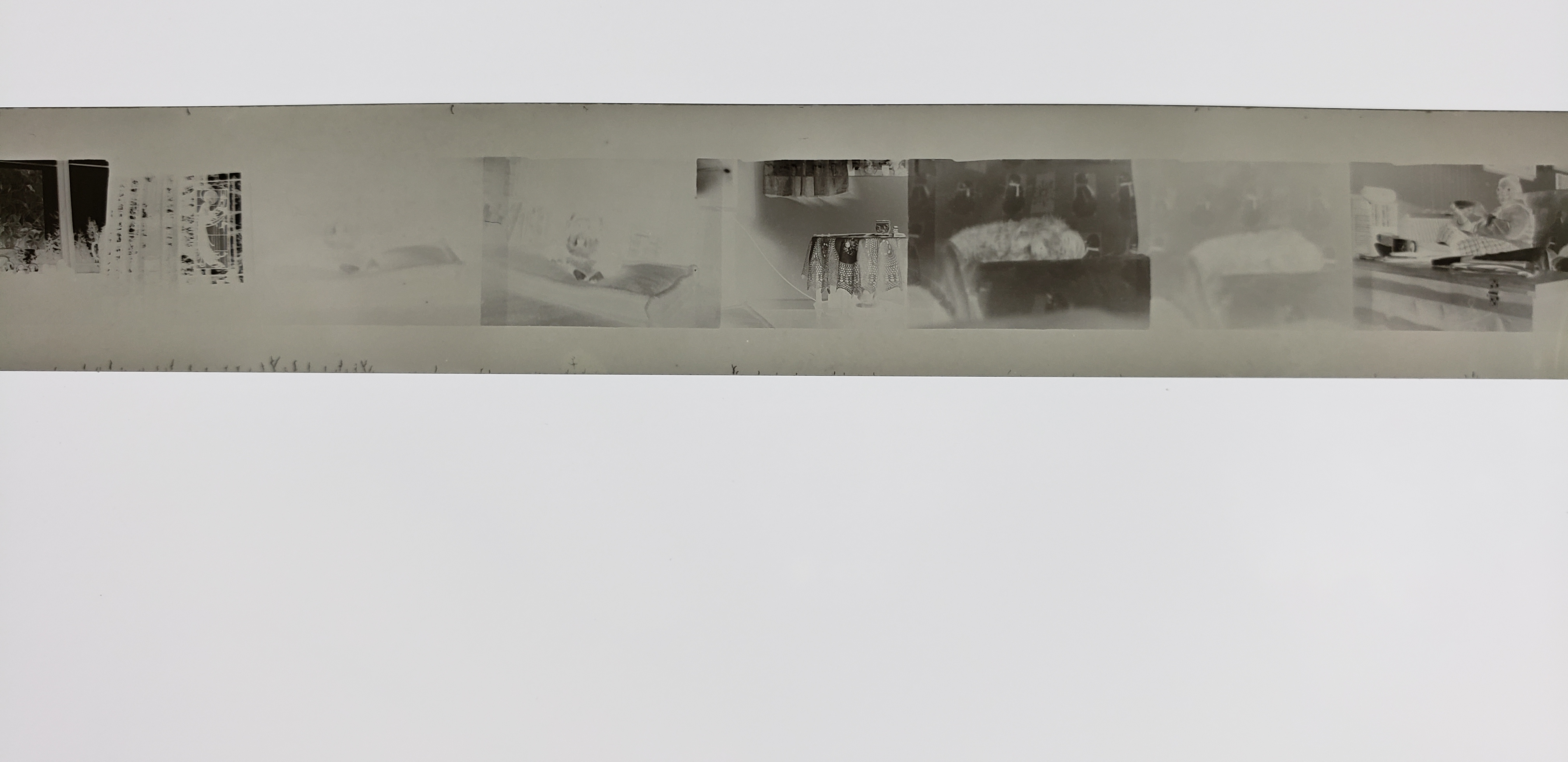
The only thing left was to buy a film scanner.

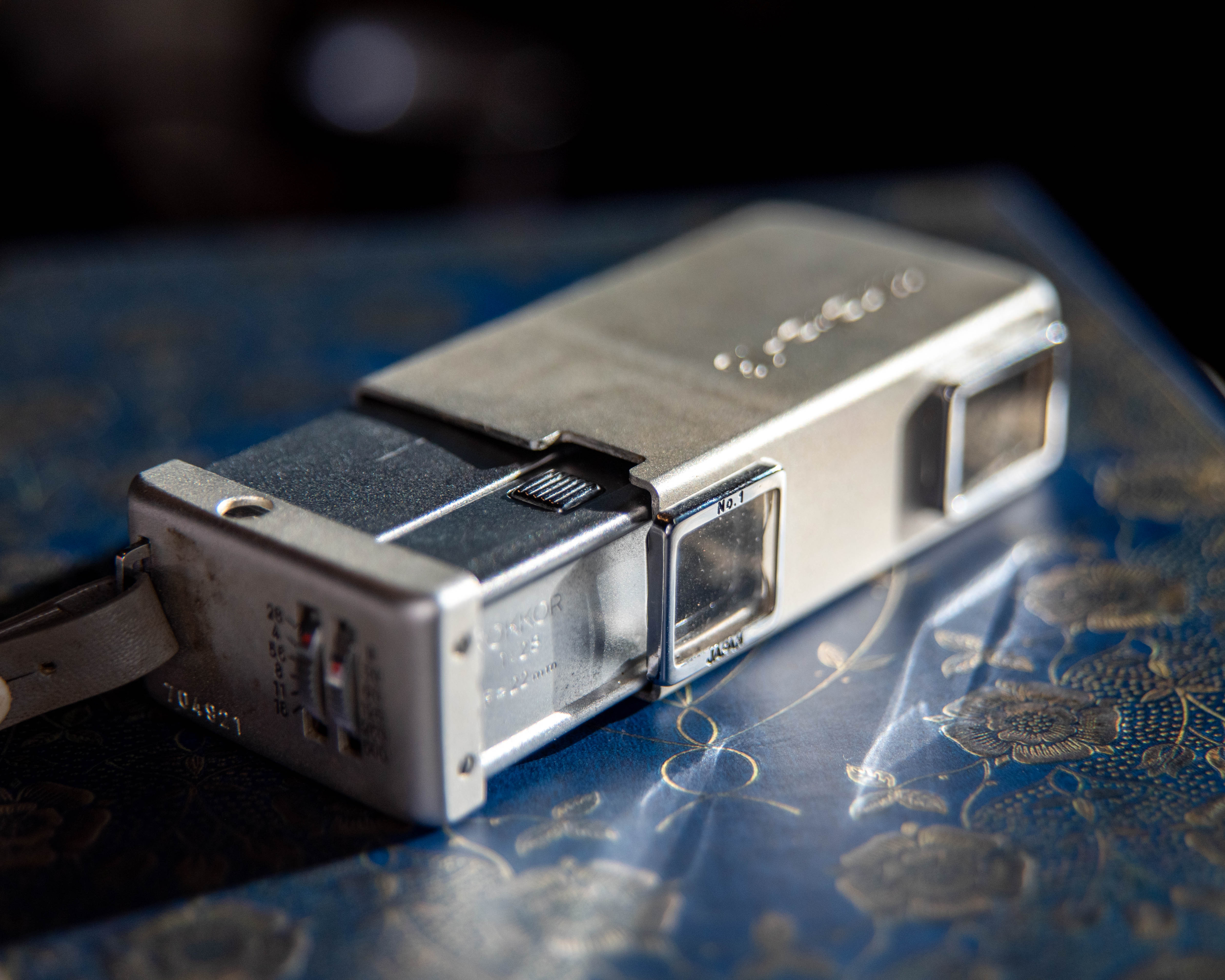












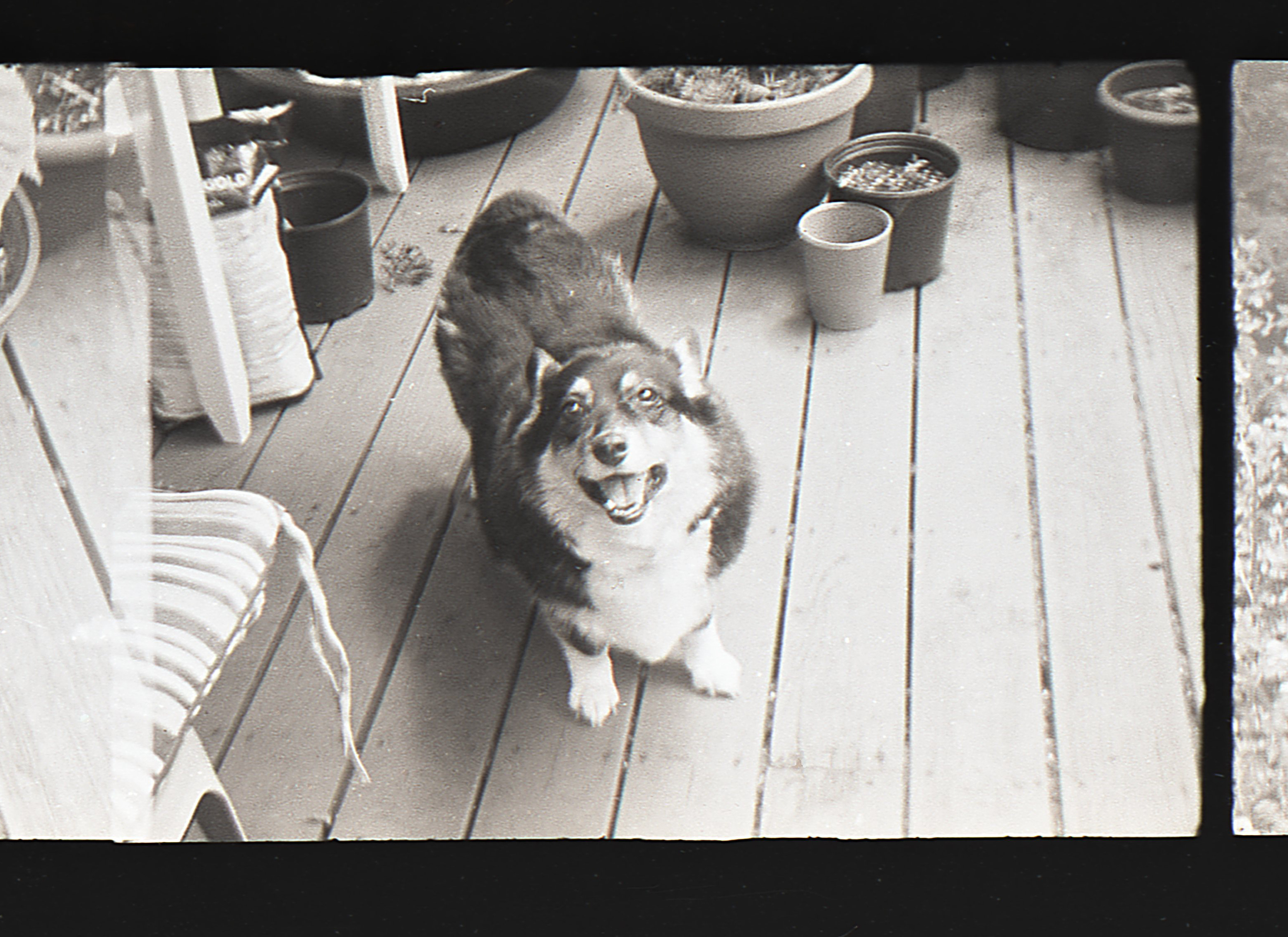
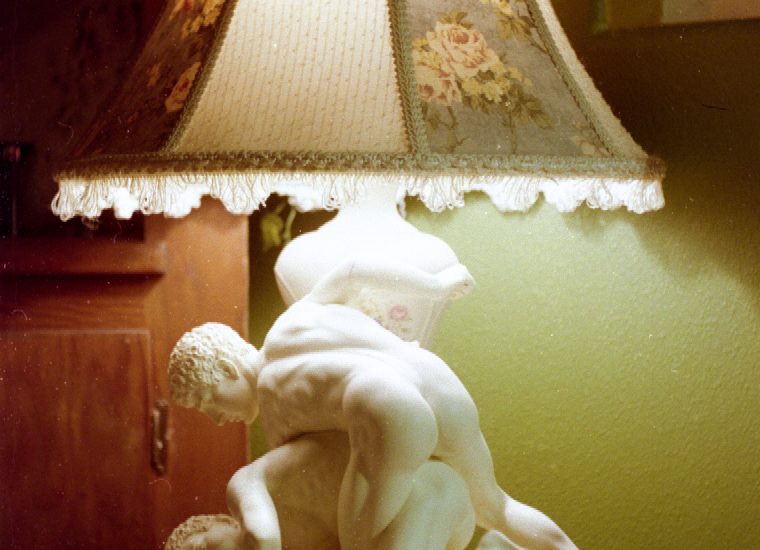
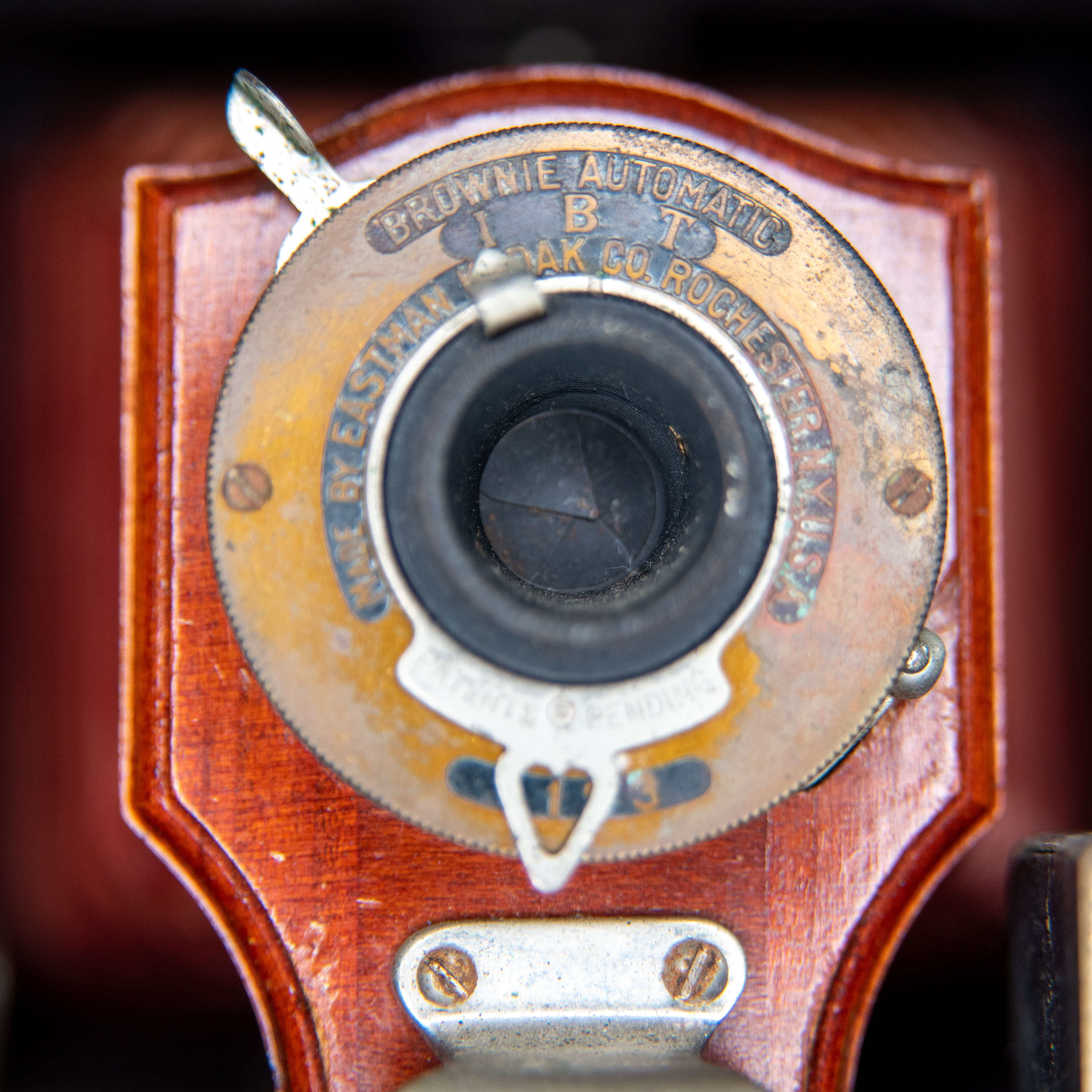






You probably already know this by now, but 16mm movie film can also be used, and that can be found for current sale from the big suppliers for prices which are merely extortionate rather than totally offensive.
Nice website btw 🙂
I have read about that and the great results from it. I think of it sometimes, but then I tell myself to use up the microfilm first (which will take my entire life I think). I also know that you can still get 110 film, so that can be re-spooled easily enough.
And thank you! I’m glad you like my website.
Thanks for your article.
Please be aware that respooling 110 will not work properly since it is preset and you would have stuff smack in the middle of your pictures.
I love all my Minolta 16s
Right the frame count, good point.
Great post! My dad bought a Minolta 16 in 1968 or ’69, and he used it quite a bit until Minolta stopped making film for it. By that time, one of my brothers and I each had 110 cameras, and the film cartridges looked to be of similar size, so Dad tried transferring a roll of 110 film from its original cartridge to an empty Minolta cartridge. Alas, as Tomas said, this doesn’t work. 110 film is preprinted at the factory with frame markings, and since the Minolta 16 uses different frame spacing and (I think) uses more of the film profile than 110 cameras do, those markings will appear superimposed over your photos.
I have Dad’s old Minolta 16 now, and I’m thinking of getting some single-perf 16mm movie film and trying my hand at reloading the empty cartridges that he kept. That film isn’t cheap as movie film goes, but I found a site offering 100-foot rolls of Kodak Vision3 for about $61, but if it only takes 2 feet of that film for each cartridge refill, then that comes to a little over a dollar per refill, which is less than we paid for film back before digital stole the show. The only question, then, would be who would develop that film. Back in the late ’70s, Dad used to have an oversize, light-tight photography bag that we used for bulk-loading 35mm film, and I’m sure I could find something like that for refilling my Minolta 16 cartridges, but I don’t have time, money or room to set up a darkroom in my house.
Yeah, that was a good save mentioning the frame markings. I have 110 film that I use in a different Minolta and I even mentioned how much I loved the frames without even thinking about it. It might be an interesting experiment though, to see what does come out. I’m all about trying out weird stuff with film.
I’ve not tried it with the movie film, but I know others have done so with great results. The bulk film is pricey at first, but, yeah, as you found out, once you do the division per roll it’s not too bad. I know there are places that will develop 16mm film through the post. I haven’t used any, but I have heard good things about Film Photography Project.
I can’t give you advice on the time portion of your time/money/room conundrum because it does take about forty-five minutes from start to finish per tank, but I can tell you that I do all my developing either using a changing bag (about 25usd) or just a dark closet. It depends on how serious one is about perfection. If you shoot only black and white film, developing is pretty simple to do at home and chemical free even! You don’t need anything but a changing bag, a film tank, and that instant coffee and washing powder mix I mentioned in this post (called caffenol if you fancy looking into it).
If you get out there with that Minolta 16, I hope you have a blast with it!
I had one M16.now. itsnot seen
I am unable io move indiprndent and hence
loved my. camera. so much.
It’s a fun camera! I’m glad you loved yours.
We purchased a box set minolta 16 with a flash and original replacement bulbs. I googled the model & found your post. This post is incredible detail of process. We have only found one original Minolta brand 16mm film cassette unopened & we don’t have the heart to break the seal. Until we find another to use the cassette we want to try your methods. We found this incredible box set in mint condition in a dusty warehouse indoor flea market. It’s one of our most treasured possessions & hope to one day get the film to test/process the film. Love this post!!!
I’m glad my post inspired you! Definitely try to find some other used Minolta 16s, you never know if they might have the cassettes still inside and empty. Also, found film is always a joy to develop! Happy photographing!
This is so interesting and inspiring as an artist. For many years, I’ve been carrying around a Minolta-16 just like yours. The little “spy camera” was bought by my Dad back in the early 1960s while he was stationed at a Marine Corps Air Station in Japan. Dad was a fighter pilot. I remember the pics he shot with it from his jet, but alas, none are in existence anymore…at least that I can find.
Dad passed back in 2001. I found the camera in a trunk he kept with other papers and objects from his twenty years in the Marine Corps.
The Minolta-16 for me has been a way to remember Dad. Yet, aside from being an architect, I am also a photographer. I currently shoot with a Canon R5 and thought I’d never go back to film. Having read your story, I can see a project forming in my mind with the Minolta.
It would be fun to shoot some black and white, experiment with shutter and aperture settings, and dive into old-school development.
Hummm…
I’m happy to know that my story has inspired you. It’s a shame when the old photos are lost to time, I don’t know that I have any of my father’s prints from this camera, either. Though I do remember a few, mostly of meals he was proud to have cooked. I hope that you do dive back into the old-school photography, because it really is a fun process to be so involved in one’s art, especially when you get to the development of the film. Best of luck with your project.
Thank you for your article! I have a Minolta 16 from the sixty my father gave me for Christmas. I also have the attachments for the flash, and the flash with original batteries and surprisingly still in tack and no leakage. I also have a roll of film still in it. I would love to have it developed, but don’t have the knowledge to do it.
Oh yours has a flash, too, that would be a lot easier to use I reckon. Mine has a bracket for a flash, but I don’t believe I have the unit. There are a few places that still develop film, even 16mm, most of them are in the USA, but do mail-in processing. It would take a few small investments to do it yourself, but it might spark a new hobby.
You could also try slitting your own film. Many available on Google. Slits a 35 mm roll into 16 mm, or Minox – if you should ever jump down that rabbit hole! Then your choices of film ( black and white) are many.
I just stumbled onto this site and noticed that some of its information is a little old.
1. 3D printed (plastic) film cassettes are available from a couple of internet sources
2. There are a couple of Youtube videos on Minolta 16 topics
In the 1960s I used both a Minicord (used 16mm film cassettes, similar to the Minolta 16) and a Minox (used 9mm film without sprocket holes). I bought 100 ft rolls of 16 mm film for both (black & white of various ASA ratings and Color Film), cutting 9mm strips out of the middle of the 16 mm film for the Minox and reloaded cassettes. For black and white film, I used a commercial two part “absorption developer” (this developer, Diafine, is still available). I haven’t done film “developing” for over 30 years and had not heard of the DIY “Cafenol” developer. I was also surprised to find old Minolta 16 s available relatively cheaply on the internet. A few years ago I bought a Minolta 16 (two different models) and Yashica at a flea market (some collector was unloading some of his “excess” stock)- none had film cassettes either, but I couldn’t pass up the price…
At that time I had an interest in these miniature cameras and there was an interesting book on their use: “Subminiature Technique” by Paul Wahl, 1960, Chilton
My father-in law passed away 20+ years ago and my wife dug out the Minolta-6 that he left her. I was cleaning out the closet and I found it, but had no idea on how to open it let alone take any pictures……..assuming I could find the appropriate film…..With the pictures you have on the website, I was able to open it for possibly the first time ever. (Pops liked buying toys and not quite understanding how to use them. I’m almost certain that there has been limited to no actual use on this. I’m the camera guy in the family, but I have no knowledge regarding the use nor the knowledge on developing any film in the event that I try to figure it out. Do you have any idea as to the value if any this camera might have. Today was the first time I was able to open and examine the inner workings after scratching my head about for several hours. If you have any interest in this little jewel, please feel free to contact me. I would be happy to send digital pics of the camera if so. By the way, the outer case has a gold colored outer case. Thanks for posting as I had no idea on how to work with this tiny jewel. Thanks, Larry
Hi Larry, that’s a very cool find your wife had hiding in the closet. I’m glad this post helped you see a little more about how the gadget works. As far as value goes: monetarily, I see them (the exact one I show in this post) sometimes in vintage shops and on ebay for somewhere between 20 and 50 USD. But, I reckon they have much more emotional value for those who like to tinker and have fun with analogue media. I figure since the film is no longer readily made, available, or easy to develop without home equipment they’re more a decoration or cool conversation piece for most. Of course, I encourage everyone to get deep into the hobby of cutting microfilm and spooling it in a dark room hahaha.